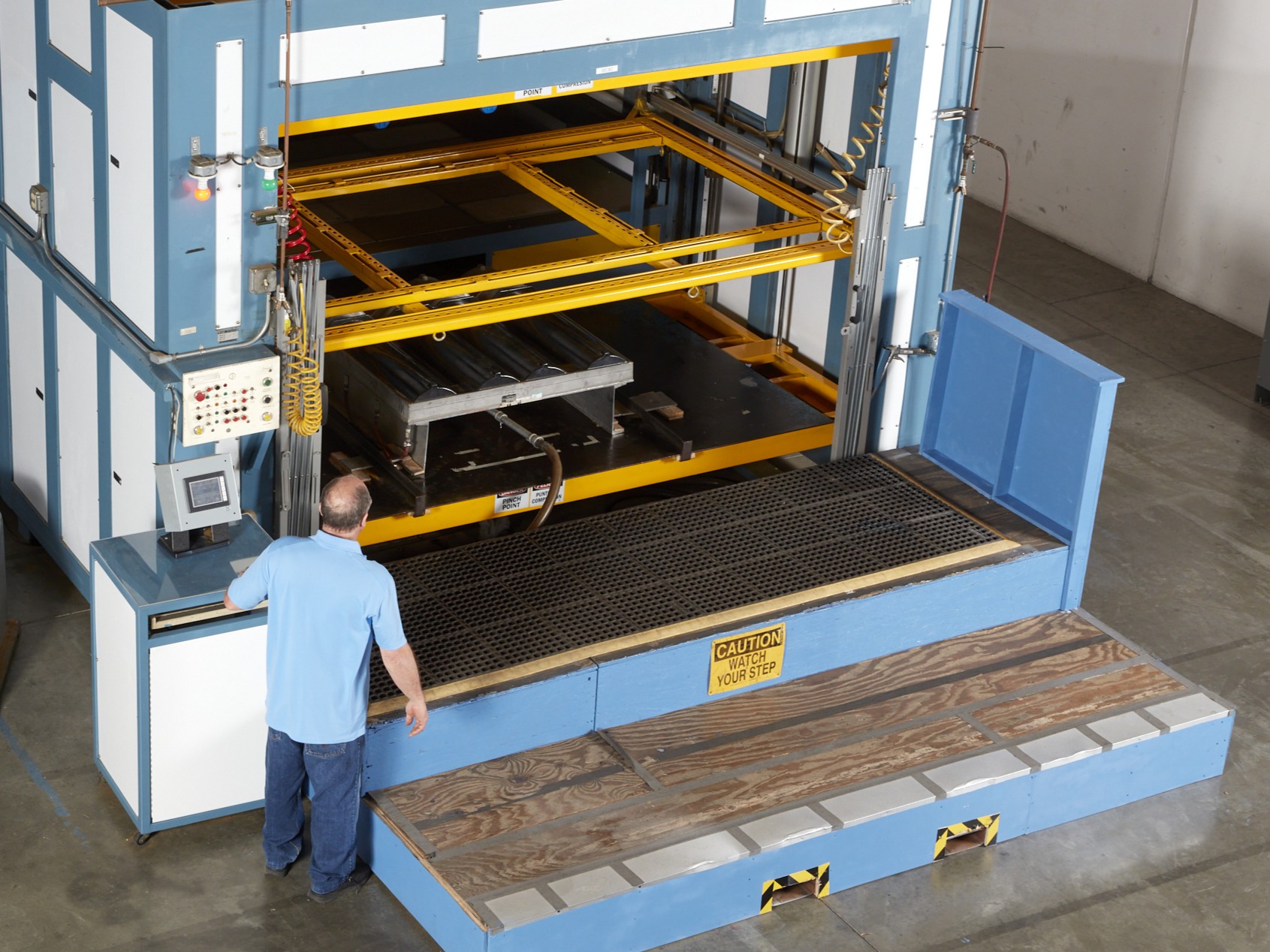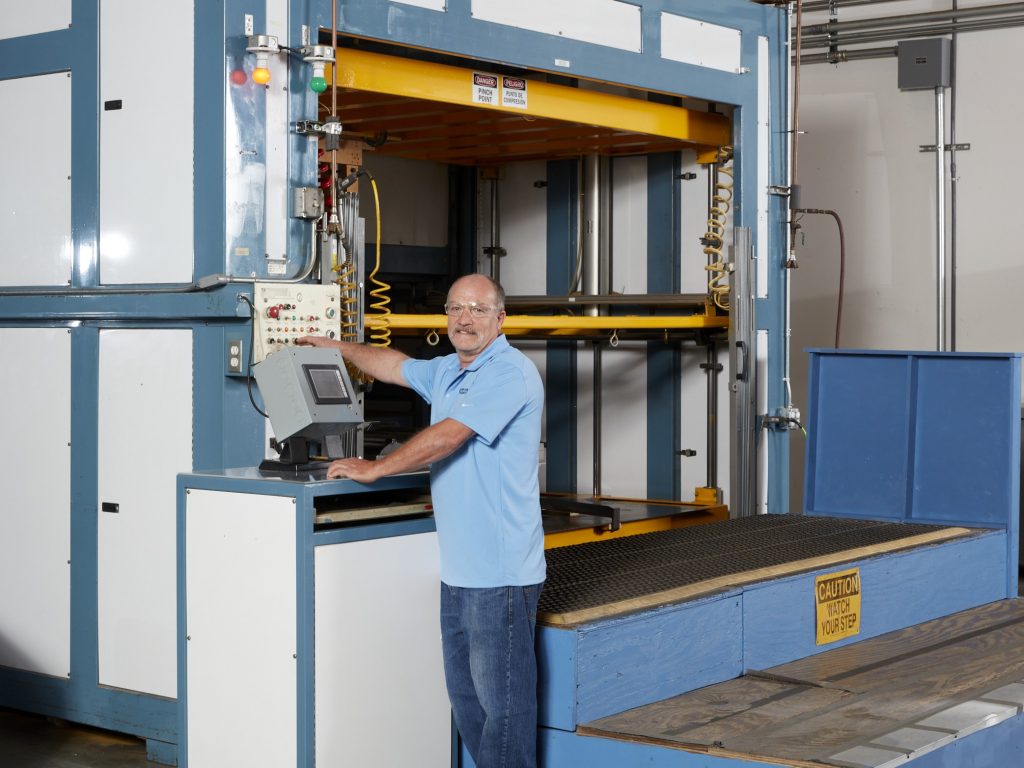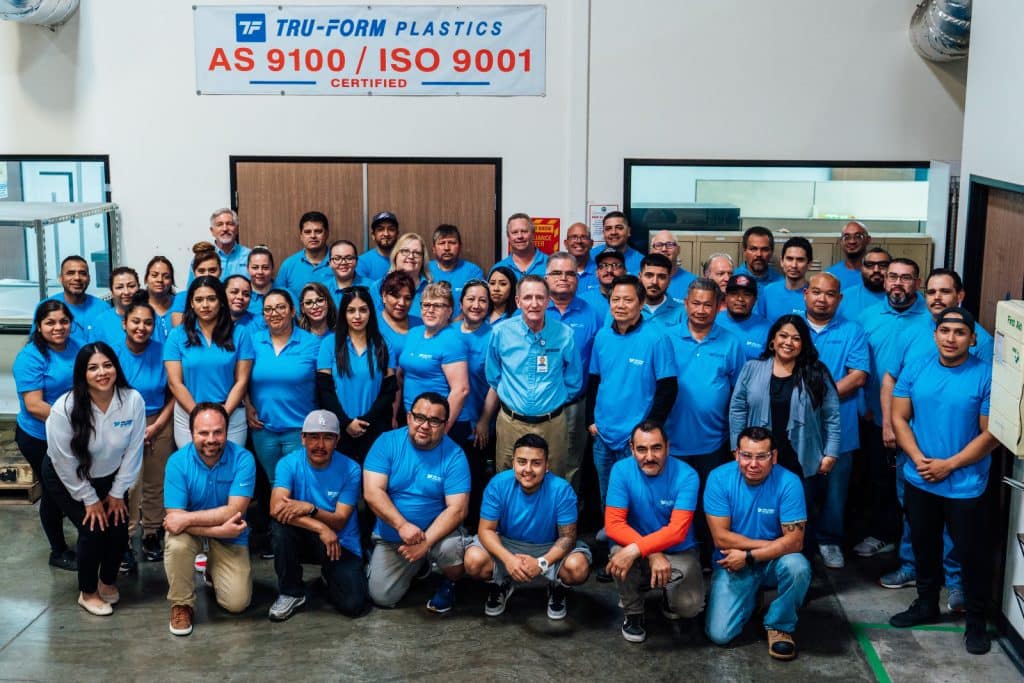Materials We Work With
We form a wide range of materials. These materials offer impact resistance, flame retardance, chemical durability, and cosmetic finish options based on your end-use requirements.
PETG
PC/ABS
LDPE
PS
HDPE
PVC
PP
Ultem™
Kydex®
Boltaron®
Applications
Our heavy gauge vacuum forming services are built around project accuracy, production efficiency, and long-term reliability.


